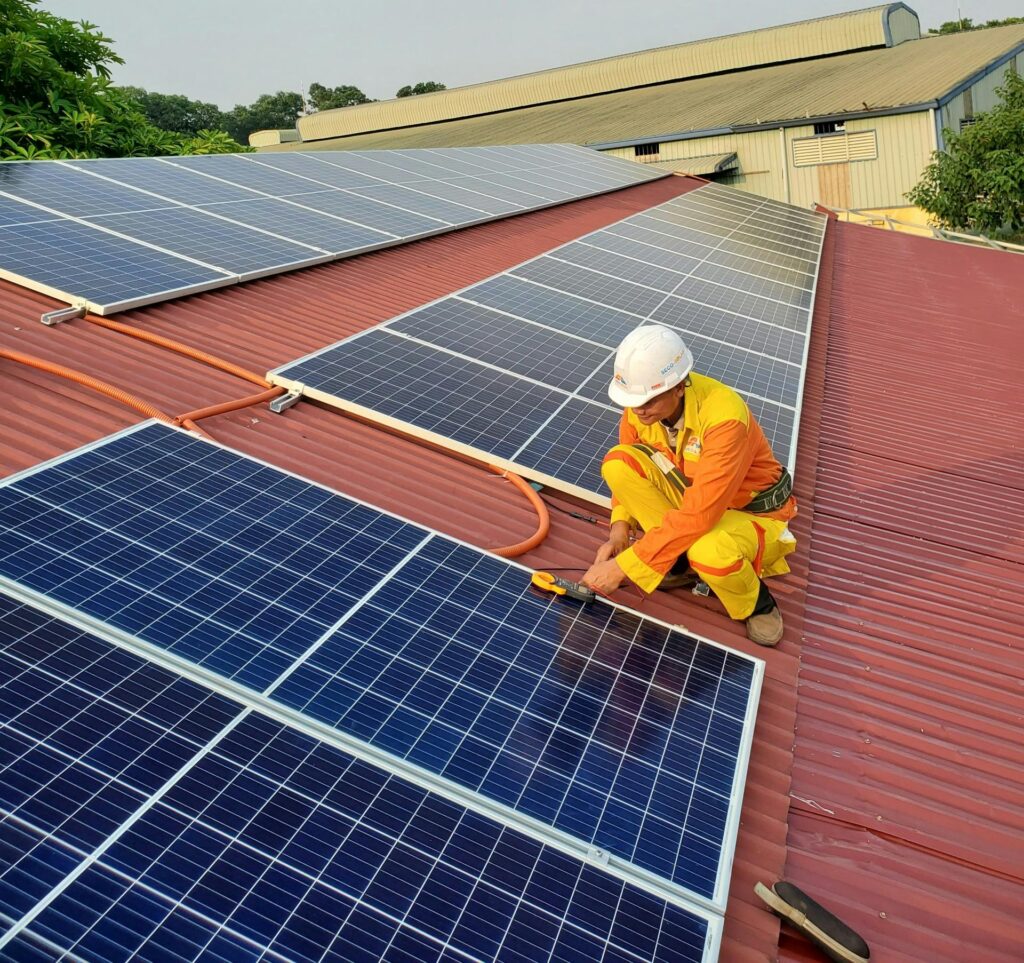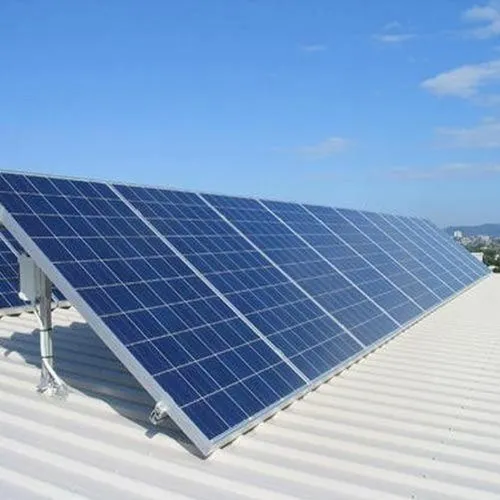anuj.gautam@sowilopower.com
-
Follow Us:
anuj.gautam@sowilopower.com

Grid-tied solar systems are connected to the local utility company’s power grid. Grid-tied solar owners enjoy the benefits of a solar system with the security of their utility company, since owners can tap into the grid if solar energy production is low.
This system is ideal for balancing power production. Solar energy fluctuates based on weather conditions, time of day, and seasonality. If solar energy is low, homeowners can use the energy grid to power their home with no concern as to whether they’ll have enough power for prolonged periods of low energy production. If solar produces excess energy, homeowners can send this energy back to the grid for a credit on their electric bill. Giving excess energy back to the grid is known as net metering, and it’s a proven way to lower energy costs. Unfortunately, not every municipal utility offers a net metering program, meaning some PV system owners can’t enjoy this benefit (in this case, a hybrid solar system might be the right option for you).
Grid-tied solar power systems are by far the most common type installed on homes and small to medium-sized businesses. This is in part because they can utilize the grid to help regulate the delivery of power from the panels into the home or business, thus reducing the amount of equipment needed, and the overall cost of the system.
This interplay between home solar and the power grid is a great way to balance power production, and avoid outages should solar power supply be limited.
Off-grid solar systems are not connected to an electric grid, and utilize battery storage systems to balance energy demands.
Houses with off-grid systems rely entirely on solar energy. Batteries are necessary with such systems—a home or business without a battery storage system wouldn’t be able to use electricity at night. The battery system stores excess electricity produced during the day, which can then be used at night to keep the lights on.

Off-grid systems offer complete energy independence. However, there are a lot of limitations when compared to grid-tied systems. Off-grid systems and the batteries where they store electricity must be much larger compared to grid-tied systems, as they serve as the sole source of power. Houses using such setups must be smaller and more conservatively designed because battery storage systems have limited capacity. Even massive battery systems don’t have the capacity to power an entire home for more than a few hours.
Off-grid systems are also more costly, as they can’t utilize grid-based equipment to regulate power flow. Instead, this equipment must be installed as part of the system, increasing the overall cost.

A hybrid solar system is a combination of grid tied and off grid. These systems are connected to the power grid and come equipped with their own battery storage system. Hybrid systems are the most flexible option available, offering the ability to draw energy from the grid or draw energy from the battery when energy demands outpace energy production.
As with grid-tied systems, hybrid owners can benefit from net metering, a program that allows PV owners to send the excess power generated by their system to the municipal power grid for a bill credit. But in places where net metering is unavailable and grid-tied owners are limited, hybrid owners can still source energy from their battery storage system. Storage-plus-solar is a great way to compensate for a lack of net metering benefits. And unlike off-grid systems, if you draw your battery down to zero, you can simply use energy from the grid to power your home.